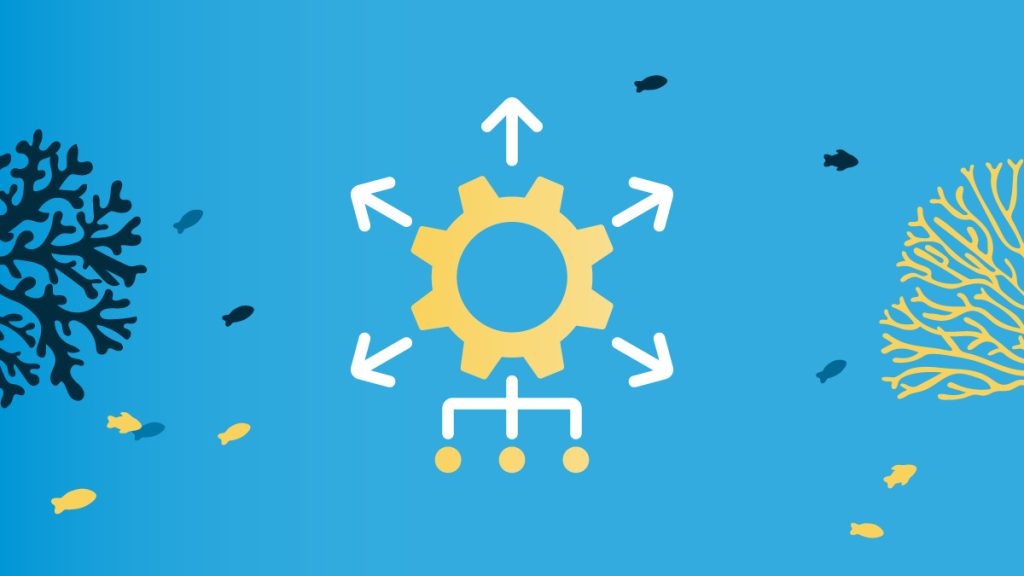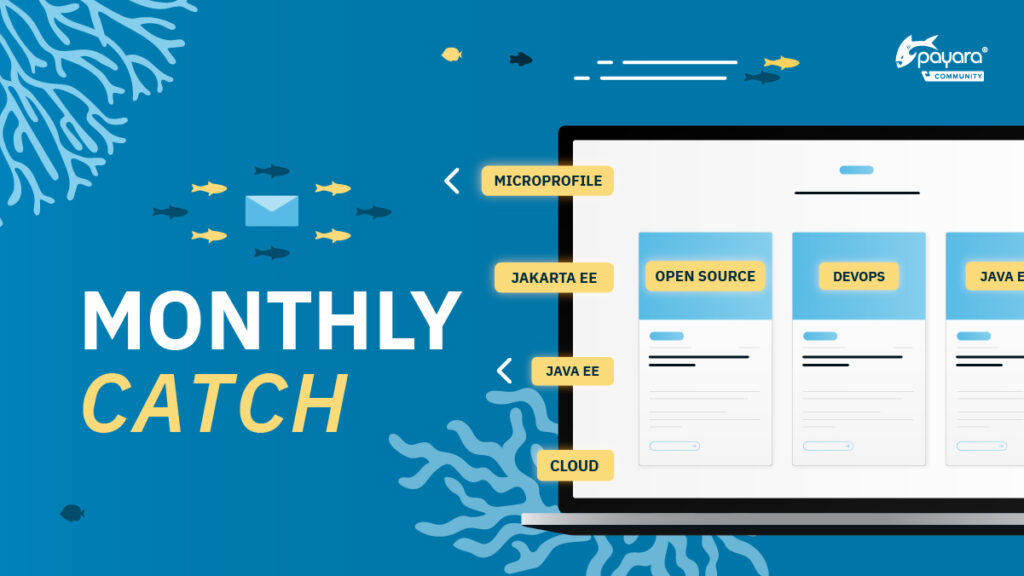 3 minutes
3 minutes
End-of-Life Technology: How to Drive Innovation Without Compromising Stability
When legacy systems approach end-of-life (EOL), enterprise IT teams typically face the choice of moving forward at all costs […]

In our latest release blog post, we announced the availability of a new version of Payara Platform Community 7 Alpha, which gives developers a more snapshot view of the upcoming Jakarta EE 11 features, helping them get closer to the technology. In particular, the March release of Payara Platform Community delivers game-changing concurrency improvements.
Let’s dive into what this means for your applications and your projects as well as how it can enhance developer productivity.
First things first: What does concurrency mean? Concurrency refers to the ability of a system to execute multiple tasks or processes simultaneously through, among other features, simultaneous execution, task independence and resource sharing. Concurrency is therefore extremely beneficial in Java and Jakarta EE programming, as it supports efficient utilization of resources, improved system responsiveness and performance.
While the Java and Jakarta EE platforms are designed to offer concurrent programming capabilities, handling concurrency in an application can be a challenging process and, if it isn’t done right, it can lead to a number of issues, such as race conditions, deadlocks, starvation and livelocks, limited scalability as well as overall performance bottlenecks. To learn more about why we need concurrency, check this piece.
As technology evolves and the requirements for today’s applications become more ambitious, delivering ever more advanced concurrency features is a must for any platform to remain valuable to developers. Jakarta Concurrency, formerly known as Java EE Concurrency, has evolved significantly since its inception. Here’s a look at its journey:
To further support developers, Jakarta EE 11 introduces several notable updates to the Jakarta Concurrency API, leading to Jakarta Concurrency 3.1. This is aimed at simplifying and enriching concurrent programming. Thanks to these new elements, Jakarta EE 11 Platform is well positioned to help enhance developer productivity and help software experts leverage modern Java capabilities, particularly in response to the introduction of Virtual Threads in Java 21.
This is what you can find in Jakarta Concurrency 3.1:
The latest alpha release of Payara Platform Community is compliant withJakarta EE 11 Core Profile, which defines a profile of the Jakarta EE platform specifically targeted at smaller runtimes. Payara Platform Community 7, expected to be fully Jakarta EE 11 compliant, is anticipated to align with the Eclipse Foundation’s release timeline of Jakarta EE 11 Full Profile later in the year.
With Virtual Threads being the star of Jakarta Concurrency 3.1, our engineering team developed an intuitive demo for you to get acquainted with the feature, its capabilities and the opportunities it offers. More precisely, it compares how a sample application can perform with virtual threads vs. without (pre-Jakarta EE 11 and Java 21).
Available on GitHub, you can access the concurrency demo here.
While this alpha release provides an opportunity to explore Jakarta EE 11 features, it’s important to note:
Are you excited to check out the new Jakarta EE 11 and Jakarta Concurrency 3.1 features? To begin exploring through Payara Platform Community 7 Alpha:
Share:
 3 minutes
3 minutes
When legacy systems approach end-of-life (EOL), enterprise IT teams typically face the choice of moving forward at all costs […]
 5 minutes
5 minutes
November has been one of the busiest months of the year for the Java and Jakarta EE ecosystem. With […]
 3 minutes
3 minutes
Working with enterprise Java databases can sometimes feel like swimming upstream. Jakarta EE 11’s Jakarta Data helps developers glide […]